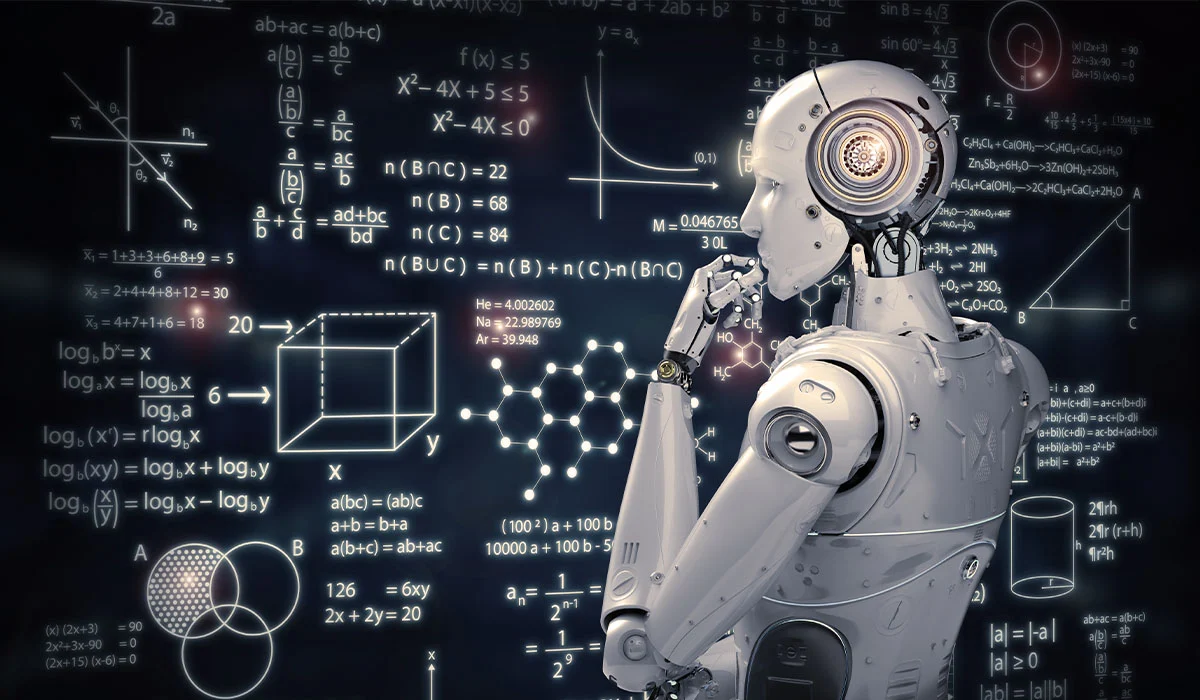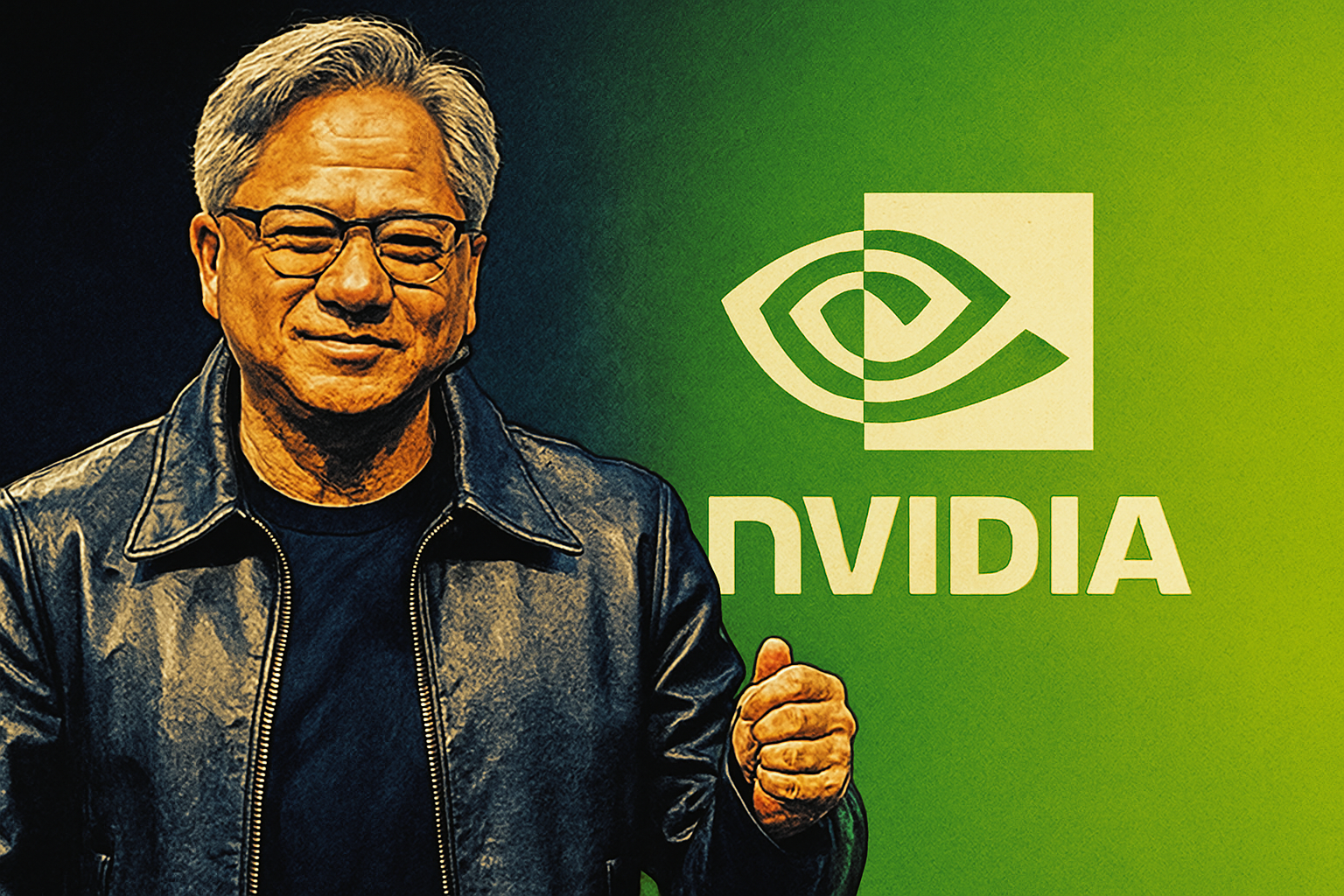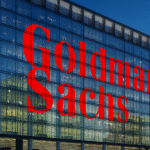When AI icon Jensen Huang sat down with CNN interviewer Fareed Zakaria on July 11, 2025, he delivered a message with urgency: yes, AI is transforming the workplace, yes, jobs will shift—but what truly determines our fate is whether society keeps innovating. It wasn’t a cheerleader’s optimism or a doomsayer’s fear—it was a call to action.
Understanding the Warning
Huang, who co‑founded Nvidia and now leads the company valued briefly at $4 trillion, told CNN that AI’s power to boost productivity can also cause job loss—but only if innovation stalls. “If the world runs out of ideas, then productivity gains translate to job loss,” he warned.
It’s a nuanced stance. AI is reshaping roles across industries: some jobs will disappear, but new ones will emerge. Huang stressed that as long as companies and societies keep generating ideas, productivity and employment can grow together.
Echoing a historical perspective, he reminded audiences that over the past 300 years, including during the computer age, technological advances have raised both output and employment.
But Huang did not shy away from the risk: every job will be affected, and those who don’t adapt—who don’t use AI—will lose out. “You’re not going to lose your job to an AI, but you’re going to lose your job to someone who uses AI,” he said at an earlier forum.
A Debate Within the Tech World
Huang’s message stands in stark contrast to warnings from others in the AI field—most notably Dario Amodei, CEO of Anthropic, who has cautioned that up to 50% of entry‑level white‑collar jobs could vanish within five years, driving unemployment as high as 20%.
At the VivaTech 2025 conference in Paris, Huang publicly rebuked Amodei’s alarmist tone: “He thinks AI is so scary, but only they should do it.” Huang emphasized that responsible AI means developing technology in the open, not in a dark room controlled by a select few.
Rather than arguing about whether AI is inherently dangerous, Huang reframed the discussion. He urged a more optimistic, innovation‑led path: if society doesn’t run out of ideas, technological progress can be aligned with job creation.
The Stakes: Innovation vs. Obsolescence
AI presents a paradox. On one side, efficiency and scale, potentially delivering groundbreaking capabilities across sectors. On the other hand, displacement and mismatch, particularly problematic for roles unprepared to evolve.
Huang’s central point: the labor market doesn’t change solely because of AI—it changes based on our response to AI.
A survey conducted in 2024 indicated 41% of CEOs anticipate that AI will reduce workforce sizes at many firms in the next five years. Similarly, the World Economic Forum reported that 41% of employers plan to shrink hiring by 2030 due to automation.
These data points reinforce Huang’s theme: the pressure is real, and companies must say yes to innovation—or risk stagnation.
On the flip side, AI has also created new job categories—from model trainers and infrastructure engineers to AI ethics specialists and user‑experience designers. Huang highlighted how AI is reshaping even his own role: he said his job has changed through AI, yet he still holds it, demonstrating the power of adaptation.
Putting it into Perspective
Rather than focusing on numbers alone, Huang offered vision. If innovation continues:
- AI-driven productivity could lead to broader economic growth.
- Companies would employ more people, not fewer.
- Entirely new industries and services could spring from AI capacity.
But if creativity stalls, efficiency becomes a force for consolidation, not expansion—a phenomenon with historical echoes:
- Industrial revolutions regularly reshaped sectors, yet new realms—think automobiles, computing, biotech—absorbed labor.
- If innovation dries up, even growth can mean fewer workers doing more.
Huang framed this as society’s choice: make AI an engine of new ideas, or let it compress opportunities.
Voices of Business Leaders
Huang’s call to adapt is echoed by other CEOs, who advise workers how to thrive amid disruption.
Amazon’s Andy Jassy warned that AI efficiency gains could reduce corporate headcount. Fiverr’s Micha Kaufman urged professionals to become exceptional in their craft, since AI will upend what was once considered easy. Duolingo’s Luis von Ahn recommended embracing AI with curiosity, not fear, to accelerate work. Lowe’s Marvin Ellison said staying close to real customer interaction is key—AI can’t fix a roof. LinkedIn’s Reid Hoffman advised younger workers to showcase AI skills to employers. Lattice’s Sarah Franklin described AI as empowering, transforming employees by giving them “superpowers” to manage workloads without burnout.
These messages dovetail with Huang’s: adapt, innovate, and use AI as a force multiplier, not a threat.
What It Means for the Future of Work
Putting it together:
- AI is reshaping every job, fast.
- Innovation determines whether jobs vanish or get reinvented.
- Skills and mindset matter: those who use AI intelligently will outcompete those who don’t.
- Business and policy must encourage creativity, reskilling, and open development, rather than closed, fearful approaches.
The deeper debate—between Huang’s innovation-first optimism and Amodei’s caution-first concern—captures the crossroads at which society now stands. Huang’s warning is not a denial of displacement—it’s a reminder that our choices matter.
Will AI become a monoculture of efficiency, shrinking the labor force? Or will it remain a creative engine that continues historic patterns of growth and job creation? Huang chooses hope, but with a condition: keep ideas alive.
Conclusion
As AI accelerates, it’s clear: the future of work isn’t determined by algorithms—it’s shaped by culture, creativity, and courage.
Nvidia’s Jensen Huang lifts the debate above fearmongering or hype. He issues a challenge: innovate—or disengage. The risk isn’t AI itself—it’s running out of ideas. And that risk, he suggests, is avoidable.
The question now landing in boardrooms, universities, and policymaking bodies is simple: Will we keep inventing, or will we let the machine write the ending?




